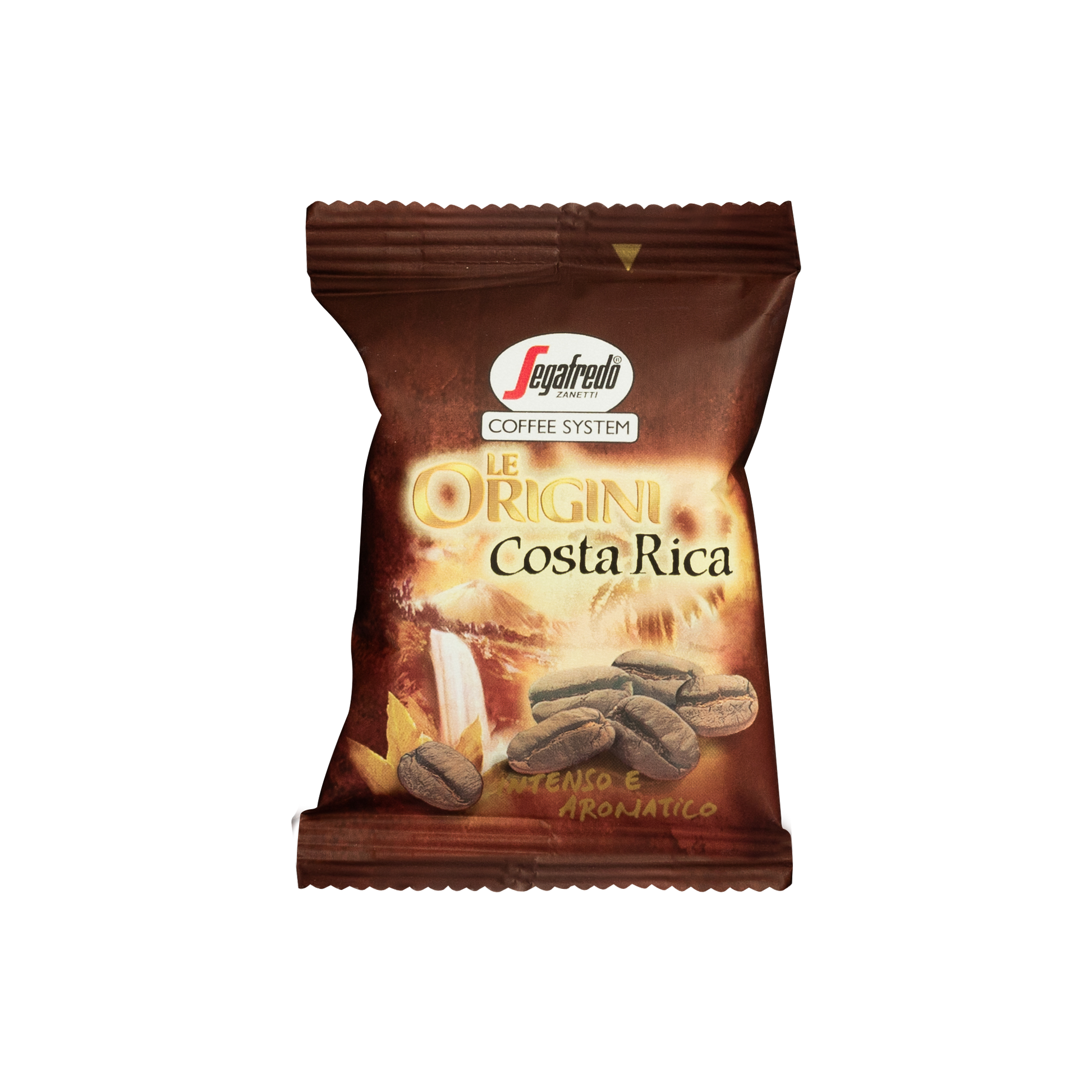A First-Time User’s Guide to Understanding SOE Single Origin Espresso
A First-Time User’s Guide to Understanding SOE Single Origin Espresso
Blog Article
Coffee Beans Uncovered: Uncovering the Tricks of Espresso and Blended Coffee Beans
When you consider coffee, what comes to mind? Is it the rich scent of espresso or the intricacy of a well-crafted mix? Understanding the nuances of coffee beans can change your experience. Each selection, from Arabica to Robusta, holds its own tricks. As you check out further, you'll discover just how these beans shape flavors and impact sustainability. What might you discover regarding your following cup?
The Origins of Espresso: A Historic Point Of View
Although coffee is currently a staple in coffee culture worldwide, its beginnings map back to the early 20th century in Italy. In 1901, Luigi Bezzera patented the very first espresso machine, aiming to brew coffee faster than traditional methods.
Understanding Espresso Beans: Characteristics and ranges
When you believe about coffee, it's necessary to recognize the various bean selections and their special tastes. Each kind brings an unique personality to your mug, affected by elements like roast levels. Understanding these components can elevate your coffee experience substantially.
Coffee Bean Varieties
As you check out the globe of coffee, you'll rapidly find that not all beans are created equivalent; each variety brings its own distinct flavors and characteristics to your cup. Arabica beans are known for their smooth, nuanced tastes and reduced caffeine web content, making them a preferred amongst coffee lovers. Each range offers something different, so exploring will certainly assist you locate your perfect coffee.
Taste Profiles Discussed
Recognizing the flavor profiles of various espresso beans can elevate your coffee experience. Each bean variety offers special features that affect mouthfeel, taste, and scent. As an example, Arabica beans usually present a sweeter, much more complicated taste with tips of fruit and flower notes, while Robusta beans tend to be bolder, with natural and nutty undertones.
When you explore single-origin beans, you could uncover unique local flavors-- Main American beans might be citrusy and intense, whereas Italian blends typically provide rich, chocolatey notes.
Roast Degrees Influence
Roast degrees play a necessary role fit the taste and aroma of coffee beans, affecting your total coffee experience. With light roasts, you'll uncover brilliant level of acidity and much more pronounced fruity notes. As you transfer to medium roasts, you'll enjoy a balanced account that showcases sweet taste and intricacy. Dark roasts, on the other hand, frequently present abundant, strong tastes with a great smoky surface, however they can mask the beans' intrinsic characteristics. Understanding these roast levels aids you choose the coffee that fits your preference choices. Experimenting with various roasts can cause wonderful discoveries, boosting your appreciation for espresso. So, do not be reluctant to discover various roast levels and locate your excellent cup!
The Art of Blending: What Makes Blended Coffee Distinct
What makes combined coffee so remarkable? You can experiment with numerous mixes to boost sweetness, body, and acidity, resulting in a brew that's richer and more complex than a single-origin coffee.
Mixing additionally permits you to provide to varied taste preferences. You can craft a blend that's smooth and smooth or one that's bold and durable, depending upon your target market. Plus, blending can aid keep uniformity, supplying a reputable taste experience despite seasonal variations in beans. Whether you're a home or a barista brewer, mastering the art of mixing opens up a world of creativity and flavor opportunities, making your coffee experience really one-of-a-kind.
Taste Profiles: Sampling Notes of Coffee vs. Blended Coffee
Mixed coffee offers a world of flavor possibilities, yet when it comes to espresso, you're looking at an extra focused experience. Espresso normally showcases strong, abundant tastes with a thicker mouthfeel.
On the other hand, blended coffee offers a complex tapestry of tastes. You can explore a variety of tasting notes, from nutty and sweet to floral and fruity. Each mix can supply something unique, frequently integrating beans from different areas to produce a balanced account.
While coffee supplies a punch, mixed coffee invites you to enjoy the subtleties. Whether you prefer the robust stamina of espresso or the detailed flavors of blended coffee, each mug informs its own tale, waiting on you to find.
Developing Techniques: Perfecting Your Coffee Shot
To achieve the excellent coffee shot, recognizing the brewing strategies is vital, as also small adjustments can substantially impact the taste and high quality. Start by utilizing fresh, premium coffee beans; grind them prior to brewing for maximum flavor. Go for a fine work, regarding the consistency of common salt, to ensure ideal removal.
Next, pay attention to your water temperature; it ought to be between 195 ° F to 205 ° F. Too hot or also cold can spoil your shot. Use concerning 18-20 grams of coffee for a dual shot, and tamp it equally with strong pressure to create an uniform puck.
A longer removal can lead to resentment, while too short can result in sour flavors. Exercise these techniques constantly, and you'll improve your skills, achieving that abundant, full-bodied coffee shot you long for.
The Function of Roast Degrees in Espresso and Blended Coffee
After grasping the brewing methods for coffee, it's time to contemplate just how roast degrees influence the flavor account of your coffee. The roast degree can drastically change your coffee's fragrance, preference, and body. Light roasts tend to highlight the coffee's origin, providing bright level of acidity and fruity notes, while medium roasts balance level of acidity and sweetness, producing an all-round taste. Dark roasts, on the other hand, draw out vibrant, abundant tastes with lower level of acidity, often creating chocolate or great smoky undertones.

Exploring Sustainability: Ethical Sourcing of Coffee Beans
When you choose coffee, you're not simply picking a flavor; you're deciding concerning the influence on farmers and the environment. Comprehending Fair Trade practices, natural farming methods, and accreditation requirements can help you support lasting coffee sourcing. Allow's explore just how these variables add to a much more honest coffee experience.
Fair Trade Practices
Fair Trade methods play an important function in guaranteeing that coffee beans are sourced ethically and sustainably. When you select Fair Profession coffee, you support farmers who obtain reasonable incomes and job in secure conditions. This commitment to honest sourcing assists combat poverty and advertises area advancement in coffee-growing areas. You'll locate that Fair Trade qualification likewise encourages ecologically friendly farming methods, as producers are incentivized to protect their land and sources. By deciding for Fair Trade brand names, you're not just enjoying an abundant cup of coffee; you're making a favorable impact on the lives of those who expand it. Your choice matters, and it connects you to a global activity concentrated on fairness and sustainability in the coffee market.
Natural Farming Techniques
As you explore the globe of moral coffee sourcing, natural farming methods become a crucial element of sustainability. By selecting organic coffee, you support practices that focus on soil health and wellness, click for more info biodiversity, and natural ecological communities. Farmers stay clear of synthetic chemicals and plant foods, depending rather on all-natural garden compost and crop turning to enhance dirt fertility. This not only safeguards the setting yet also boosts the quality of the coffee you enjoy. Chemical-free farming encourages neighborhood wildlife and promotes a balanced ecosystem, lowering the chances of illness and insects. In addition, it frequently brings about stronger, healthier coffee plants, resulting in richer flavors in your mug. When you select organic coffee, you're making a mindful option that benefits both the earth and your taste.
Certification Specifications Explained
Recognizing accreditation requirements is important for any person interested in ethically sourced coffee. These requirements, such as Fair Profession, Jungle Partnership, and USDA Organic, guarantee that coffee is expanded under lasting techniques. When you select certified coffee, you sustain farmers who comply with ethical labor techniques and environmental management.
Fair Profession accreditation focuses on offering fair wages and working conditions, while Rain forest Partnership stresses biodiversity and ecological community conservation. USDA Organic assures that no artificial fertilizers or chemicals are used. By familiarizing yourself with these qualifications, you can make educated choices that align with your worths. Next time you're at your regional café or food store, seek linked here these tags, and feel excellent knowing your coffee acquisition positively impacts communities and the setting.
Frequently Asked Inquiries


Exactly How Does Elevation Affect the Development of Coffee Beans?
Elevation effects coffee bean growth by affecting temperature and environment. Higher altitudes typically generate denser beans with more facility tastes, while lower altitudes can result in faster growth yet less delicious end results. You'll taste the distinction!
What's the Distinction Between Arabica and Robusta Beans?
Arabica beans are sweeter and extra complex, while Robusta beans have a more powerful, harsher flavor with higher high levels of caffeine content. You'll locate Arabica chosen for specialized coffees, whereas Robusta's commonly used in instant coffee and coffee blends.
Can Coffee Beans Go Poor or Shed Flavor In Time?
Yes, coffee beans can spoil and lose taste over time. They'll become stale if you store them improperly or keep them too long. Always maintain your beans in a closed container far from light and wetness.
What Are the Wellness Conveniences of Drinking Coffee?
Consuming espresso boosts your energy, improves mental quality, and might lower the risk of specific conditions. It's abundant in antioxidants, supports metabolic process, and can improve mood, making it a useful option for your daily regimen.
Just How Does Water High Quality Effect Coffee Extraction?
Water top quality considerably affects coffee removal. It affects the solubility of oils and flavors, influencing preference and aroma. Utilizing filtered water can enhance your coffee, ensuring a enjoyable and well balanced cup each time you brew.
Coffee Beans Uncovered: Uncovering the Tricks of Coffee and Blended Coffee Beans.
Comprehending the taste profiles of various coffee see this website beans can elevate your coffee experience.Roast levels play an important role in forming the taste and scent of espresso beans, affecting your overall coffee experience (SOE).Mixed coffee provides a world of flavor opportunities, however when it comes to coffee, you're looking at a much more concentrated experience.After understanding the developing techniques for espresso, it's time to ponder how roast degrees affect the taste profile of your coffee
Report this page